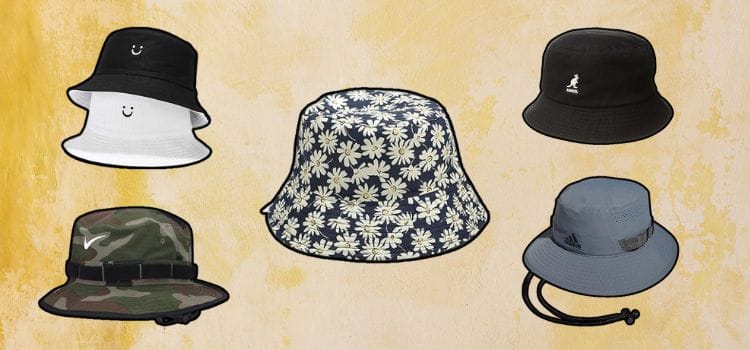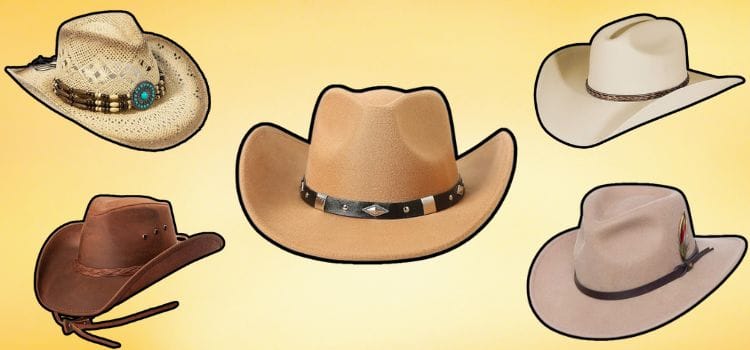Guide to Pork Pie Hats: History, Style, and Everything You Need to Know
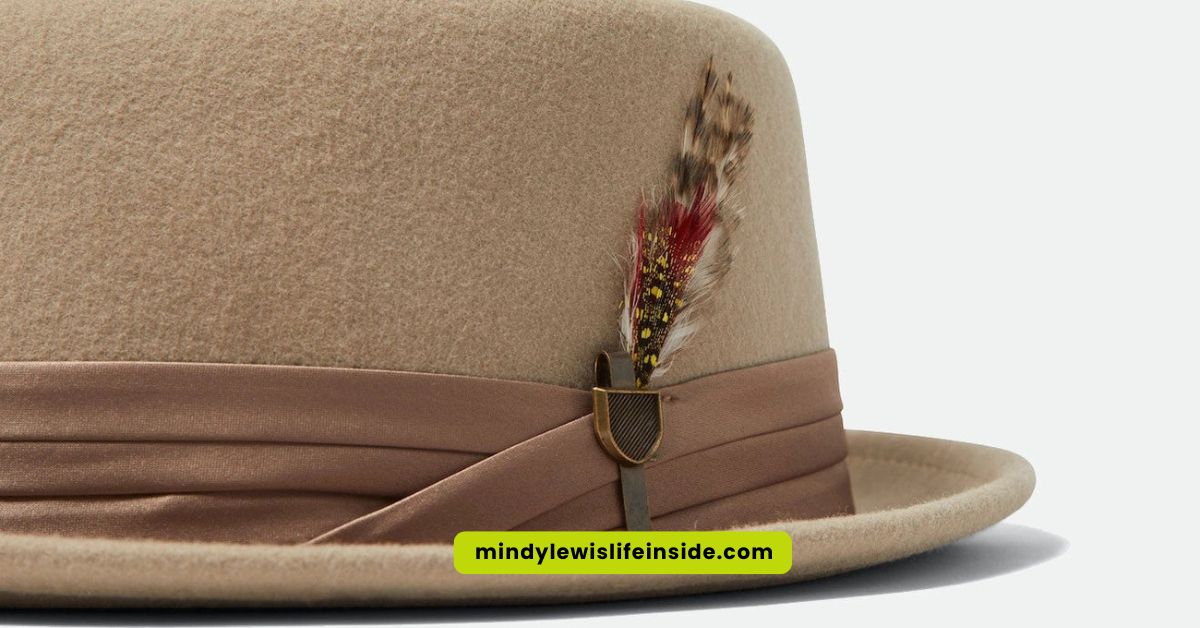
As an Amazon Associate, I earn from qualifying purchases
What is a Pork Pie Hat?
A pork pie hat is a style of headwear characterized by a flat, circular crown with a telescopic crease around the top edge and a short, narrow brim that typically curves upward. The distinctive hat earned its name from its resemblance to the traditional Melton Mowbray pork pie, a popular English pastry from the late 1800s whose crust mirrors the hat’s characteristic shape.
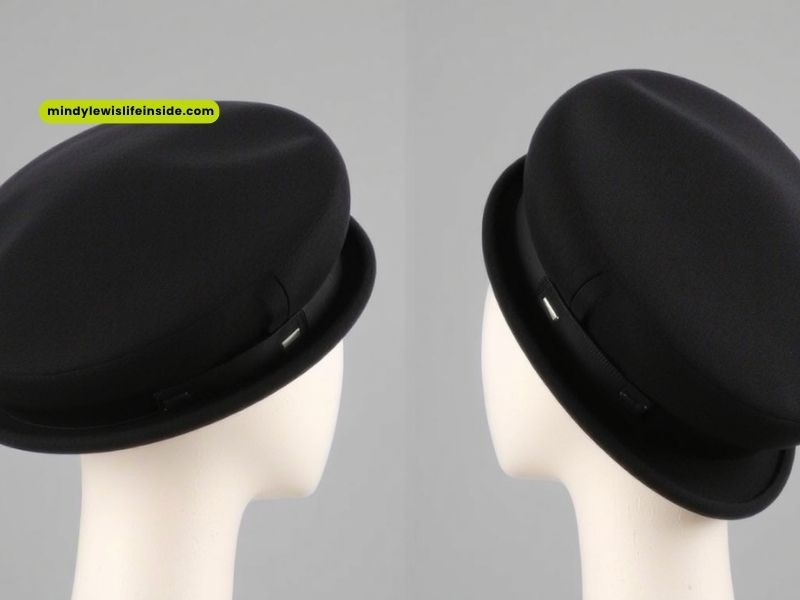
This hat style first emerged in Western fashion during the 1860s. Initially an item of women’s wear, the early pork pie hat was small and designed to be worn toward the front of the head to accommodate the popular hairstyles of the era. These early versions featured a narrow brim that distinctively curled upward toward the crown, which was typically flat and constructed from straw or velvet.
The pork pie hat features several defining characteristics that distinguish it from other hat styles. The crown is short, rounded, and flat-topped, while the brim remains thin and creased all the way around. Additionally, the hat often includes a black or dark-colored ribbon that provides visual separation between the brim and crown, similar to fedoras.
Traditionally, pork pie hats are crafted from felt, though straw versions are also common, particularly for warmer weather. The most popular colors include black, gray, and brown. The style’s structure makes it easily recognizable – the telescoped crown creates the hat’s signature flat-top appearance.
By the late 19th century, the fashion for pork pie hats spread to menswear. The men’s version was notably larger than the women’s style and sometimes featured decorative ribbons at the back. Throughout the 20th century, the pork pie hat gained further popularity through famous wearers in entertainment and music.
The hat’s accessibility across socioeconomic levels contributed to its widespread adoption, as it could be produced using both affordable materials like straw and cotton or more expensive materials such as felt and satin. This versatility helped democratize fashion, particularly in the United States and parts of Europe.
The pork pie hat has maintained its distinctive identity through various fashion cycles, embodying both traditional style elements and cultural significance that would evolve throughout its history, making it one of the most enduring and recognizable hat styles in Western fashion.
How the Pork Pie Hat Evolved Over Time
The pork pie hat’s evolution spans more than a century, transforming from a women’s accessory to an iconic symbol across multiple cultural movements.
1830–1865: Women’s fashion origins
The earliest pork pie hats emerged between 1830 and 1865 primarily as women’s fashion accessories in Britain and America. These original versions featured a low, flat crown with a crease along the inside top edge and a narrow, curled-up brim of consistent width.
Commonly crafted from cotton canvas coated with silk, felt, or straw, these hats were frequently adorned with decorative elements. Ladies typically attached ribbons, feathers, or bows to the area between the brim and crown, emphasizing the hat’s delicate esthetic qualities. Due to their small size, women wore these hats tilted forward on the head to accommodate the elaborate hairstyles prevalent during this period.
1880s–1920s: Male adoption and Buster Keaton
British hatmakers introduced the men’s pork pie hat in the late 1880s. As a men’s accessory, the pork pie became larger and sometimes featured decorative ribbons at the back. The style gained popularity in Britain among fashionable “men-about-town” shortly after the turn of the 20th century.
Silent film actor Buster Keaton revolutionized the pork pie hat in the 1920s. Keaton crafted his own hats by modifying Stetsons, cutting them down, and stiffening the brims with a sugar-water solution.
His recipe called for “three heaping teaspoons of granulated sugar in a teacup of warm water”. Throughout his career, Keaton used thousands of these hats, which frequently fell victim to his daring stunts and water scenes. During this era, pork pie hats featured very flat tops and similar short flat brims.
1930s–1940s: The golden age of the pork pie hat
The Great Depression marked the heyday of the pork pie hat. During this period, the hat regained its snap brim and increased slightly in height. Its distinctive dished crown became known among hatmakers as the “telescopic crown” or “tight telescope” because when worn, the top could be made to pop up slightly. According to a newspaper clipping from the mid-1930s: “The true pork pie hat is so made that it cannot be worn successfully except when telescoped”.
Throughout the 1940s, African American culture transformed the pork pie hat with flashier styling, adding feathers and coordinating colors with outfits. Jazz saxophonist Lester Young became particularly associated with the pork pie hat, regularly wearing one during his performances from the mid-1920s to the late 1950s. His influence was so significant that after his death, Charles Mingus composed a musical elegy titled “Goodbye Pork Pie Hat” in Young’s honor.
Jazz, Icons, and the Rise of Cultural Identity
Jazz musicians and intellectuals elevated the pork pie hat beyond mere fashion, transforming it into a powerful symbol of cultural identity throughout the mid-20th century.
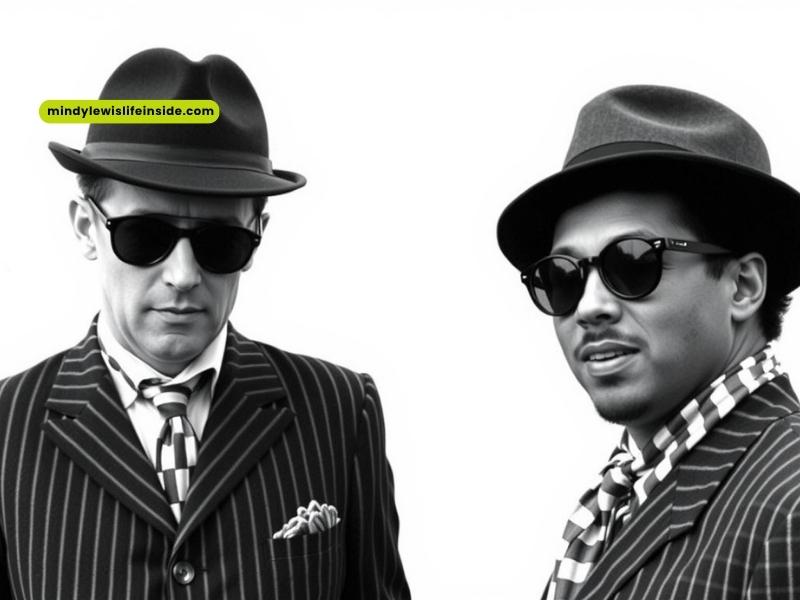
Lester Young and ‘Goodbye Pork Pie Hat’
Saxophonist Lester Young, nicknamed “Prez,” became inseparable from his pork pie hat, wearing it consistently during performances from the mid-1920s until his death in 1959. Young’s pork pie featured a broader brim than earlier styles yet maintained the distinctive round, flat, creased crown. A 1949 newspaper clipping described him as “the extreme jazz sophisticate—slick, rakish and smooth,” noting that many musicians credited Young with originating the wide, black, low-crowned pork pie hats characteristic of the era.
Young’s influence extended beyond music into style and language, essentially defining the quintessential jazz hipster. His pork pie hat, preserved at the Smithsonian, reveals specific details of his personal style—made of black felt with a round flat crown, grosgrain ribbon and bow, plus a wind-guard button with string to prevent the hat from blowing away.
Following Young’s death, Charles Mingus composed “Goodbye Pork Pie Hat” as a musical elegy, first recorded in May 1959 for his album “Mingus Ah Um”. This darkly elegant ballad, originally instrumental, subsequently became a jazz standard. Joni Mitchell later added lyrics that addressed racism and New York nightlife, inspired by an extraordinary coincidence—discovering two young boys dancing to jazz outside a bar named “Pork Pie Hat” decorated with Young’s pictures.
Robert Oppenheimer and the intellectual look
Physicist J. Robert Oppenheimer, scientific director of the Manhattan Project, made the pork pie hat emblematic of the mid-century intellectual. Oppenheimer consistently wore a brown porkpie hat (size 6⅞, according to The New York Times), which appeared on the May 1948 cover of Physics Today.
In Christopher Nolan’s 2023 film “Oppenheimer,” costume designer Ellen Mirojnick recreated his distinctive silhouette, describing his hat as “a hybrid of a porkpie crown with a somewhat Western brim” in a grayish taupe color that changed tone depending on lighting. Mirojnick noted that Oppenheimer’s silhouette remained remarkably consistent once “he became empowered at Berkeley,” making the hat integral to his image.
Oppenheimer’s charismatic presence, coupled with his distinctive hat, made him instantly recognizable. Scientist Robert Christy remarked that most of Oppenheimer’s students “would more or less follow him to the ends of the earth”—his intellectual authority and characteristic pork pie hat becoming inseparable components of his public persona.
Subcultures and Street Style Movements
Beyond jazz, the pork pie hat became emblematic of distinct subcultural movements, symbolizing rebellion and cultural identity across diverse communities.
Ska and rude boy fashion
In 1960s Jamaica, the pork pie hat gained prominence within the “rude boy” subculture. These sharp-dressed hustlers of downtown Kingston paired pork pie hats with tailored suits, creating a distinctive style that expressed both defiance and community.
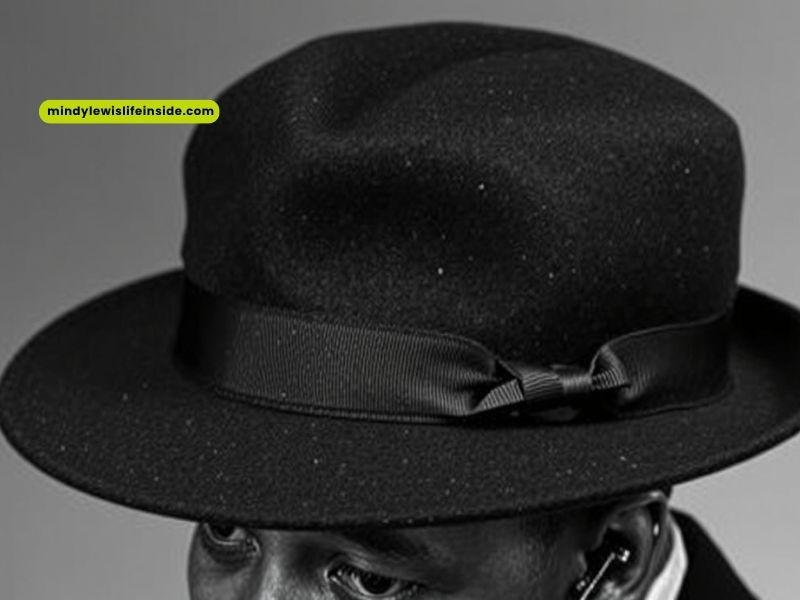
The hat, with its wide brim and rounded crown, transcended mere fashion to become a declaration of identity within a movement responding to social and economic challenges. Musicians, including Bob Marley and Jimmy Cliff, helped popularize this look globally.
Mod and Two-Tone revival
The 2 Tone movement, emerging in Coventry, England in 1979, revitalized the pork pie hat’s cultural significance. Founded by Jerry Dammers, this genre fused traditional Jamaican ska with punk against a backdrop of high unemployment, deindustrialization, and rising far-right sentiments.
The movement’s fashion included “trilbys, bowler and pork pie hats… pinstripe suits, button-down shirts and checked scarves,” as Dammers himself defined in notes scrawled on an Embassy cigarette packet.
Bands like The Specials and The Selecter exemplified this style, using fashion alongside music to combat racism and sexism. The Selecter’s Pauline Black noted how 2 Tone uniquely succeeded as a provincial movement rather than originating from London.
Breaking Bad and modern pop culture
Walter White’s transformation into Heisenberg in the television series Breaking Bad (2008-2013) revitalized the pork pie hat’s cultural relevance. The black pork pie hat signified White’s metamorphosis from mild-mannered chemistry teacher to ruthless drug lord.
This iconic accessory became so significant that the Smithsonian National Museum of American History now houses it as a cultural artifact. During the formal induction ceremony, actor Bryan Cranston impulsively donned the hat one final time, much to the museum curators’ dismay.
The “Heisenberg hat,” originally released in a limited production of 1,895 pieces, became a sought-after collector’s item that frequently commanded twice its original $149 price on secondary markets.
Different Types of Pork Pie Hats
Pork pie hats come in various materials and styles to suit different occasions, seasons, and personal preferences.
Classic felt pork pie hat
The wool felt pork pie hat stands as the most traditional variation, typically crafted from 100% wool felt material. This classic design features a telescope porkpie crown, grosgrain band, and cotton interior sweatband for comfort.
Renowned brands, including Stetson, Brixton, Chillouts, Lierys, Mayser, Bailey 1922, and luxury manufacturer Borsalin,o have perfected the art of crafting these hats. Furthermore, premium versions might incorporate luxurious cashmere or water-repellent fur felt. Most commonly available in black, gray, and brown, these hats offer a timeless esthetic appropriate for formal occasions or cooler weather.
Straw pork pie hat
For warmer months, the straw pork pie maintains the distinctive shape but utilizes lightweight, breathable materials. These summer-appropriate variations include Panama straw, coconut straw, and Milan straw constructions. Straw pork pies serve both stylistic and practical purposes, providing effective sun protection without sacrificing the hat’s iconic silhouette.
Comparatively lighter than their felt counterparts, these hats remain an excellent choice for outdoor summer events or casual warm-weather wear. Stetson, among other manufacturers, offers straw pork pie hats that preserve the classic telescoped crown and narrow brim while providing seasonal versatility.
Pork Pie Hat vs Fedora: Key Differences
Despite being frequently confused, pork pie hats and fedoras possess distinct characteristics that set them apart. These differences extend beyond mere esthetics to include structural elements and cultural contexts.
Crown shape and height
The most noticeable difference between these hat styles lies in their crown structure. Pork pie hats feature a flat, circular “telescope” crown with a height of approximately 3.5 inches. This telescope crown has a single circular crease around the edge, creating a stark contrast between vertical and horizontal areas of the hat.
Conversely, fedoras display taller crowns, typically 4 inches or more, with various possible indentations—including teardrop, center dent, diamond, or cattleman shapes. Unlike the pork pie’s uniform shape, fedora crowns offer significantly more variety in design and appearance.
Brim style and flexibility
Brim characteristics provide another key distinction. Pork pie hats traditionally feature narrow “stingy” brims measuring between 1-2 inches that typically point upward around the entire circumference—known as “snap brims” because they can be snapped up or down.
In contrast, fedora brims generally measure 2-3 inches wide and offer greater versatility in styling. Fedora brims can be shaped in numerous ways: completely upturned, downturned in front while upturned in back, or flat, depending on personal preference. This flexibility gives fedoras adaptability that pork pie hats lack.
Cultural associations
The cultural identities of these hats likewise diverge significantly. Pork pie hats project an urban, expressive character often associated with jazz musicians, street style, and contemporary fashion. They tend to sit higher on the head with a lower profile from the front.
Fedoras, meanwhile, have historically represented more formal attire, connected with classic Hollywood, vintage fashion, and traditional masculinity. Fedoras typically sit deeper on the head, providing a more structured profile that complements both casual and formal outfits.
FAQs
What are the origins of the pork pie hat?
The pork pie hat emerged in Western fashion during the 1860s. It started as a women’s accessory, characterized by a flat crown and a narrow, curled-up brim. Initially made from materials like straw or velvet, it later evolved into a popular men’s hat style in the late 19th century.
How did the pork pie hat become a cultural icon?
The pork pie hat gained iconic status through its association with jazz culture, particularly due to saxophonist Lester Young. It became a symbol of coolness and individuality in the jazz scene. Later, it was adopted by various subcultures, including the “rude boy” style in 1960s Jamaica and the 2 Tone movement in England.
What are the key features of a pork pie hat?
A pork pie hat is characterized by a flat, circular crown with a telescopic crease around the top edge and a short, narrow brim that typically curves upward. It often includes a ribbon around the base of the crown for visual separation. The hat is usually made from felt or straw, depending on the season.
How does a pork pie hat differ from a fedora?
The main differences lie in the crown and brim. Pork pie hats have a flat, circular crown about 3.5 inches high, while fedoras have taller crowns (4 inches or more) with various indentations. Pork pie hat brims are narrower (1-2 inches) and typically point upward, whereas fedora brims are wider (2-3 inches) and more versatile in styling.
What materials are commonly used to make pork pie hats?
Pork pie hats are traditionally made from wool felt, especially for cooler weather. However, straw versions are popular for warmer months, using materials like Panama straw, coconut straw, or Milan straw. Some luxury versions may incorporate cashmere or water-repellent fur felt.
As an Amazon Associate, I earn from qualifying purchases







